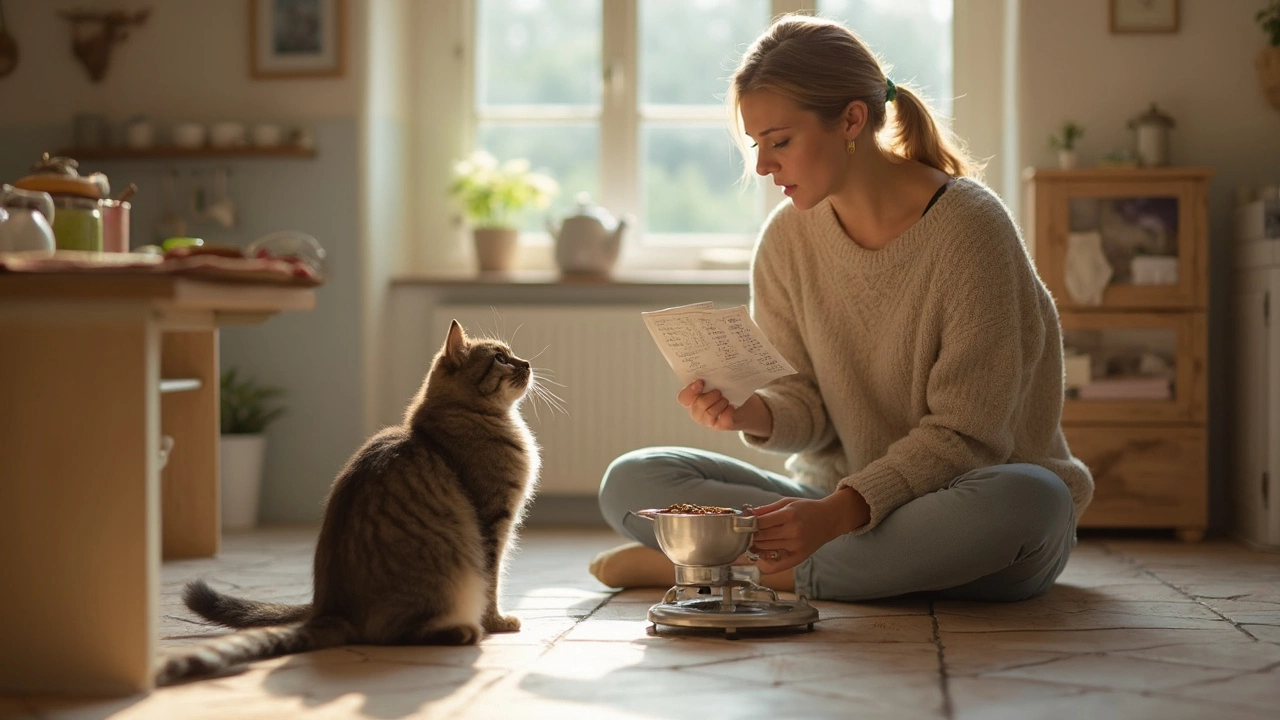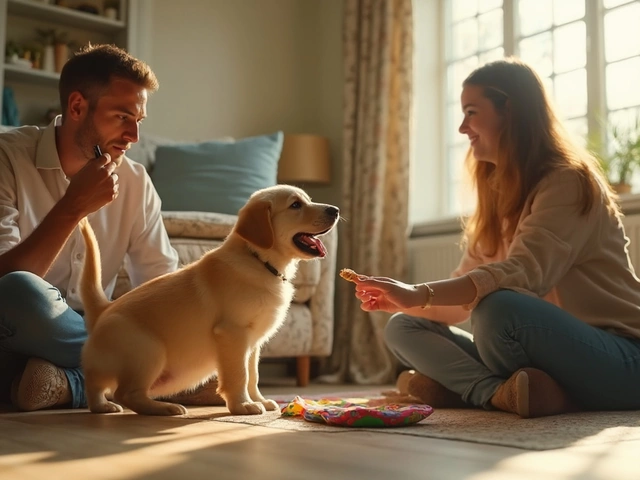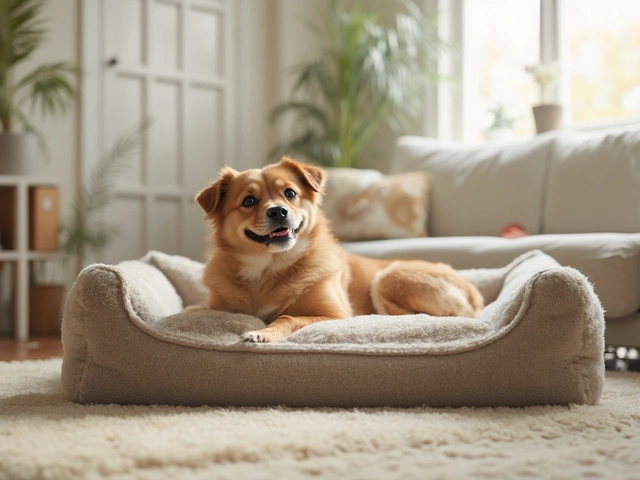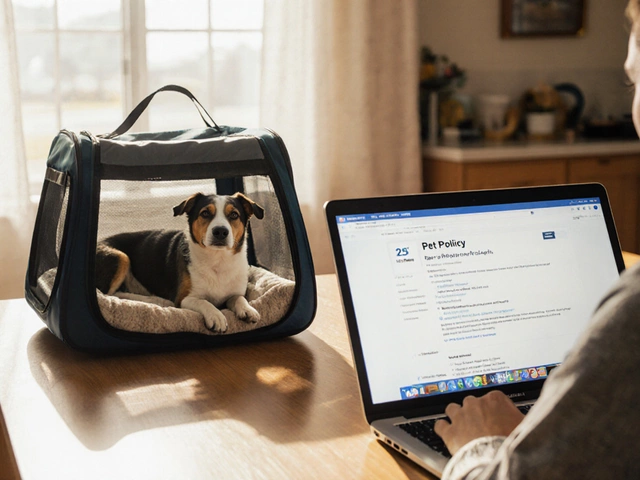Trying to figure out how many cans of wet food to give your cat can get confusing. The cans come in different sizes, labels shout all sorts of serving suggestions, and friends might tell you five different things. So, what's the real deal?
The quick answer is: most average adult cats need about one 5.5-ounce can of wet food per day, split into two meals. But don't rush off just yet—this number can swing a lot depending on your cat’s size, energy level, age, and even the brand of food you’re scooping out. Some cats, like little couch potatoes, need less. Super active explorers and kittens? They probably need more.
If you’re switching from dry food or feeding mixed meals, the math changes. So does your cat’s weight. If they're starting to look a bit chunky or are begging all the time, it’s time to tweak the amount. Don’t just eyeball it—using a kitchen scale helps a ton. And always make sure there's fresh water out, since wet food helps with hydration but isn’t a total replacement for water.
- Why Wet Food? Pros and Cons
- Figuring Out Your Cat’s Daily Needs
- Sizing Up the Can: Not All Are Equal
- Understanding Labels and Calories
- Tips for Transitioning to Wet Food
- Mistakes to Avoid with Wet Food Portions
Why Wet Food? Pros and Cons
Wet cat food is a big topic for pet owners, and for good reason. The main draw is moisture. Most wet food is about 75-80% water, which really helps keep cats hydrated. Since a lot of cats don’t drink much on their own, feeding them wet food can seriously boost their water intake. This is great for their kidneys and makes urinary issues less likely—something vets are always talking about.
Another plus: wet food usually smells and tastes stronger. If your cat is picky or older and losing interest in food, wet food can tempt them back to the bowl. It’s often softer and easier to chew too, which helps out cats with dental problems or missing teeth.
- Wet food typically contains more protein and fewer fillers than a lot of dry food options.
- It can be measured out easily by the can, so you know exactly how much you’re giving.
- Cats eating wet food often have shinier coats and better weight control, since portion sizes are clearer.
Before you ditch dry food completely, here are a few things to keep in mind. Wet food costs more, and it can spoil if left out too long—especially in warmer rooms. You’ll need to refrigerate any leftovers, and your cat might not want to eat cold food.
Some owners also notice that wet food doesn’t clean teeth like crunchy dry food claims to. You’ll want to brush your cat’s teeth or use dental treats either way. And for households with lots of cats or free-feeders, wet food means more frequent meals and cleanup.
If you’re focused on wet cat food because your cat needs more hydration, or you want to help them maintain a healthy weight, it’s a solid choice. Just remember there are trade-offs—price, storage, and the extra step of washing bowls are all part of the package.
Figuring Out Your Cat’s Daily Needs
Not all cats are the same when it comes to chowing down. First, start with your cat’s weight. Most healthy adult cats should eat around 20 calories per pound each day. So, if your cat weighs 10 pounds, aim for about 200 calories a day. Check the can’s label to see how many calories are inside—most standard 5.5-ounce cans pack about 120 to 160 calories, but numbers can swing by brand.
Life stage matters, too. Kittens burn calories like crazy and need up to twice the amount per pound compared to adults. Senior cats or those who lounge all day need a little less. Pregnant and nursing cats? They need more food, no question. And if your cat is overweight or underweight, talk to your vet about how much to feed and how to adjust safely.
Don’t forget activity level. Indoor cats are usually a bit lazier, so they typically need less food than cats that run around outside. Also, wet food is higher in moisture and usually lower in carbs, which is great for cats with kidney or urinary issues.
- Weigh your cat regularly to spot changes.
- Stick to the same brand for a while to avoid digestive surprises.
- Read the label for calorie info and suggested feeding guidelines.
- If you’re mixing wet and dry, count calories from both so you don’t overfeed.
If you’re not sure, check with your vet—they can help personalize your cat’s feeding plan. Remember, the goal isn’t just to fill their bowl. You want them happy, healthy, and not packing on extra pounds. When in doubt about your wet cat food routine, watch your cat’s body shape, attitude, and weight. These are better clues than just going by the can alone.
Sizing Up the Can: Not All Are Equal
If you’ve poked around the cat food aisle, you know cans come in all sorts of sizes—3-ounce, 5.5-ounce, and even chunky 12-ounce family packs. That’s where a lot of confusion starts. Most brands use the smaller 3-ounce or standard 5.5-ounce can for single servings, but what counts as a serving can change from one food to the next. And that leads to a super common mistake: thinking every can is a day’s meal.
So, how do you keep things straight? First, check the number of calories on the label. Cat food is usually labeled "kcal" per can or per ounce. Adult cats, on average, need about 20 calories per pound of body weight each day. So, an 8-pound cat needs roughly 160 calories a day. Some 3-ounce cans have just 70 to 80 calories, while a 5.5-ounce can might have 130 to 180 calories. That’s a big gap if you’re not paying attention.
- If your food comes in 3-ounce cans, you’ll likely need to feed two to three cans daily for an average cat (split between meals).
- With standard 5.5-ounce cans, one can per day usually works for most adult cats, but always double-check the calorie content since it’s not the same across brands.
- Bigger cats or super-active types may need more. Small cats or older, less active cats will need less.
The short version? Don’t just rely on the size of the can. Grab the wet cat food can, flip it over, find the calories, and do a little quick math. The healthiest cats are the ones with owners checking the label.
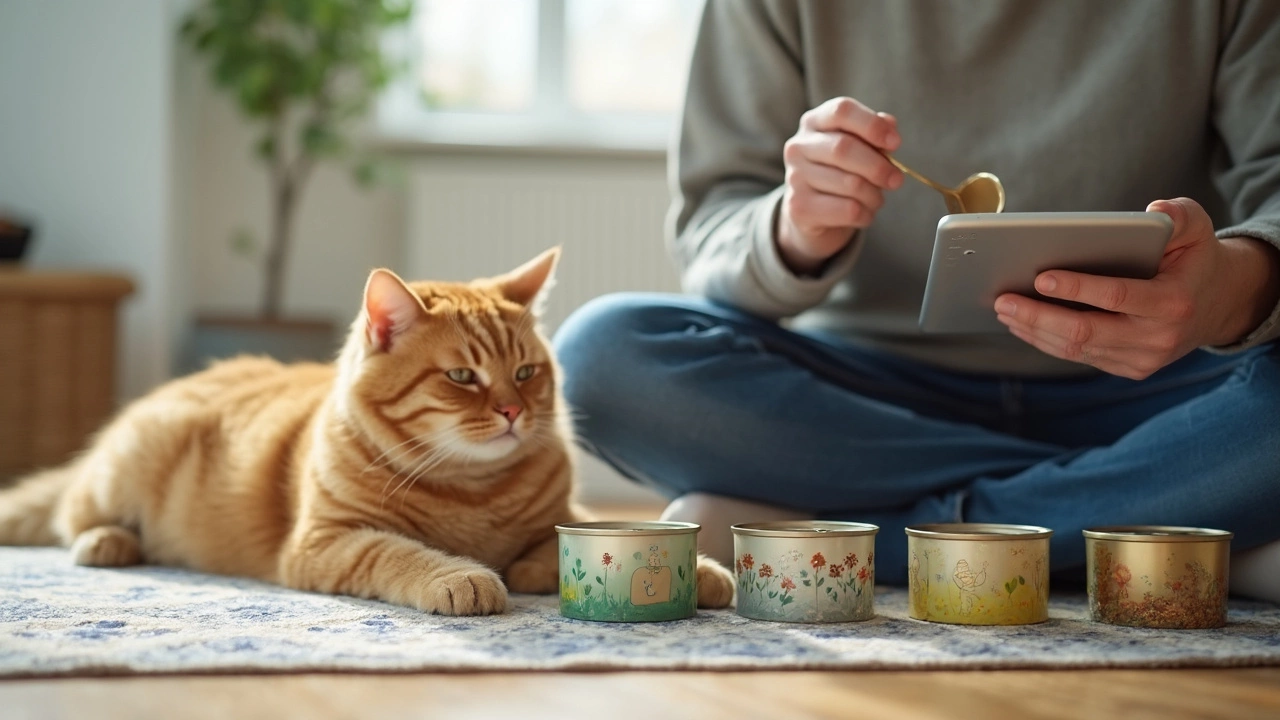
Understanding Labels and Calories
Ever stare at a can of wet cat food and think, “What does this label even mean?” You’re not alone. Most brands list things like "kcal per can" or "kcal per kilogram" somewhere in tiny print, and this is the number you actually want to pay attention to. Kcal stands for kilocalories—just like human calories—and tells you how much energy your cat gets from each can.
For an average adult cat, the daily calorie need hovers around 200-250 kcal, but this jumps up if you’ve got a kitten, a chunky breed like a Maine Coon, or a super active explorer. Some 3-ounce cans offer about 70-90 kcal per can, while many 5.5-ounce cans clock in at 120-200 kcal. This means you might actually need more than one small can or just part of a larger one, depending on your cat.
- Always double-check the label for kcal per can—not just the weight or serving suggestions. Some "adult maintenance" formulas are more calorie packed than “weight control” types.
- If the can gives calories per kilogram, you’ll need to do quick math: check the net weight (in grams), divide by 1,000 for kilogram, then multiply that number by the kcal/kg figure to get calories per can.
- Ignore things like “1 can per 6-8 lbs of cat” if it doesn’t match up with what your cat actually burns off. Cats chill all day or run zoomies all night—serving sizes need to match real life, not just weight charts.
Water content is another clue. Higher water (sometimes called “moisture”) makes the food a little less calorie-heavy, so your cat might chow down more to get those needed calories when eating certain brands or recipes. If you’re ever unsure, start with the recommended amount based on wet cat food calories and keep an eye on your cat’s waistline and mood. Your vet can help you fine-tune from there if things seem off.
Tips for Transitioning to Wet Food
Switching your cat to wet food should be done with some patience and a game plan. You don’t want to just swap everything overnight and hope for the best—most cats are picky, and quick changes can upset their stomachs. If your cat has only eaten dry food, a smoother transition is key.
Start by mixing a small spoonful of wet food into their usual dry kibble. Over about a week, gradually increase the amount of wet food while decreasing the kibble. Watch your cat for signs of an upset tummy or refusing meals. Most cats need about 7 to 10 days to fully adapt, though some stubborn ones can take up to three weeks.
- Use the same protein type (like chicken or turkey) for both wet and dry food—this helps with acceptance.
- Warm up the wet food to just below room temperature; it smells more appetizing this way.
- If your cat sniffs and walks away, try again later. Don’t give in and offer too many treats instead.
- Clean the dish after each meal so old food smells don’t make them turn up their nose.
Here’s a quick breakdown of a common transition schedule:
| Days | Dry Food (%) | Wet Food (%) |
|---|---|---|
| 1-2 | 75 | 25 |
| 3-4 | 50 | 50 |
| 5-6 | 25 | 75 |
| 7+ | 0 | 100 |
If you’re wondering, "What if my cat flat-out refuses wet food?"—you’re not alone. Sometimes it’s about flavor, sometimes texture, or a preference for gravy over pate. Mix things up until you hit the jackpot. And don’t stress if your cat takes a few days to warm up to their new food. A gradual approach keeps things calm for you and your cat, while helping them get all the benefits of wet cat food.
Mistakes to Avoid with Wet Food Portions
Even the most caring owners mess up portions from time to time. Here’s where a lot of folks trip up when serving wet cat food, and how you can sidestep the same old issues.
- Guessing the amount: It’s easy to just scoop whatever looks right and call it a day. But eyeballing isn’t accurate—studies show cat parents often overfeed by up to 30% when they guess. A kitchen scale or measuring cup keeps things on track.
- Feeding by the can, not the calories: Not every can is the same. One 3-ounce can and one 5.5-ounce can are very different. Look at the label for calories. The average indoor cat needs about 200-250 calories a day, and that’s not always just one can.
- Not updating portions as your cat changes: Kittens eat way more per pound than adults. Senior cats slow down and don’t need as much grub. Growing or overweight cats both need adjustments—don’t stick with the "usual."
- Mixing wet and dry without tracking: If you combine both, you’ve got to factor in the calories from each. Ignoring this is a recipe for a chubby kitty.
The table below shows how much an average indoor cat needs, based on weight. Actual needs can shift with activity and age, but these numbers are handy as a baseline:
| Cat Weight (lbs) | Calories Needed/Day | Approx. Wet Food Amount* |
|---|---|---|
| 8 | 180–200 | ~¾ of a 5.5 oz can |
| 10 | 200–230 | 1 full 5.5 oz can |
| 12 | 230–250 | 1¼ of a 5.5 oz can |
*Amounts vary by brand—always check the calories per can.
Another common mistake: ignoring treat calories. Treats add up fast. Vets say treats and table scraps should be less than 10% of your cat’s daily calories—or it throws off the balance of their diet.
If you’re ever unsure, ask your vet for their take. They can help you figure out the exact amount your cat needs using their actual weight, lifestyle, and health status. The extra effort now can save on vet bills later—because overweight cats are more likely to get diabetes, arthritis, and even heart trouble.
Bottom line? Don’t wing it. Measure portions, count calories, and adjust as your cat grows and changes.
